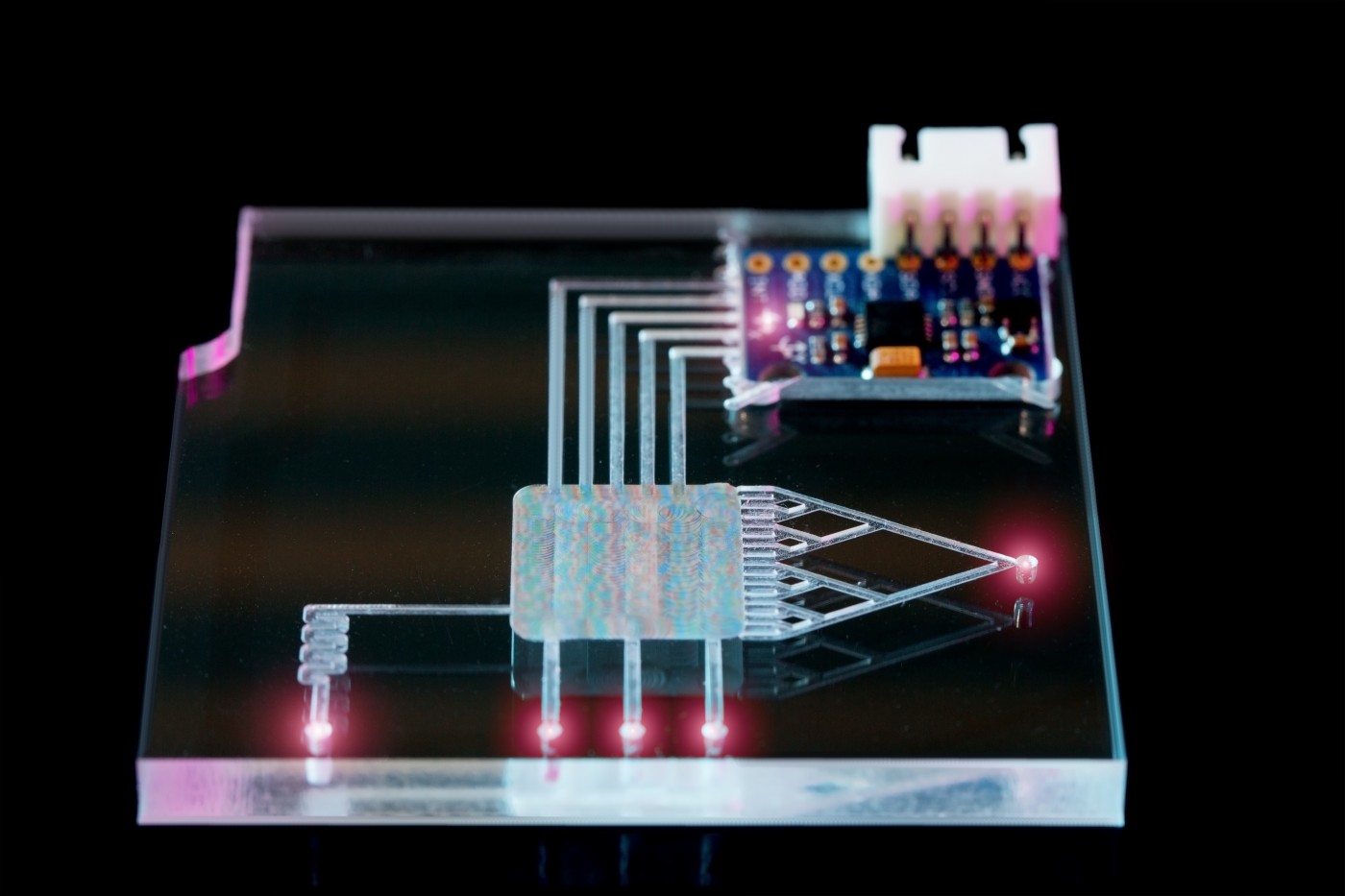Alzheimer’s Molecules Can Be Detected by Researcher-Developed Nanoscale Biosensor

Brazilian researchers have developed a nanoscale biosensor that can detect molecules linked to Alzheimer’s, as well as other neurodegenerative diseases, and certain cancers. The system marks a new era where highly sensitive, inexpensive, and portable devices might become accessible by healthcare professionals, and in settings without access to traditional resources.
The sensor, created at the National Nanotechnology Laboratory (LNNano) in Brazil, reacts when the enzyme GST encounters a molecule called peptide glutathione, or GSH. This molecular meeting results in a biochemical reaction that can be detected by a transistor the size of a small virus (there are viruses 100 times as big).
“Platforms like this one can be deployed to diagnose complex diseases quickly, safely, and relatively cheaply, using nanometer-scale systems to identify molecules of interest in the material analyzed,” said Carlos Cesar Bof Bufon, senior author of the study and head of LNNano’s Functional Devices & Systems Lab, in a news release.
The study, “Water-gated phthalocyanine transistors: Operation and transduction of the peptide–enzyme interaction,” is the first ever to use the GSH-GST pair, detected by an organic transistor, for the diagnosis of disease.
“The device can detect such molecules even when they’re present at very low levels in the examined material, thanks to its nanometric sensitivity,” Bufon added.
The study, published in the journal Organic Electronics, describes how by replacing the reaction molecules, the nanoscale biosensor can be adjusted to detect other compounds, tied to other diseases, and could also be employed to detect components of contaminated material.
The nanoscale biosensor has several advantages over other systems. It is portable and can be run at a low cost, and also has superior sensitivity in detecting the factors for which it is intended.
While the biosensor now rests in a glass slide, the research team is already working to improve some aspects of the system by using paper-based biosensors. This would lead to even lower production costs and reduce the weight, and the new sensor would be easier to dispose of. But the research is challenging because paper is an insulating material, preventing the conduction needed for the system to work. However, Bufon has worked around this problem by impregnating paper with cellulose fibers with conductive polymers.






